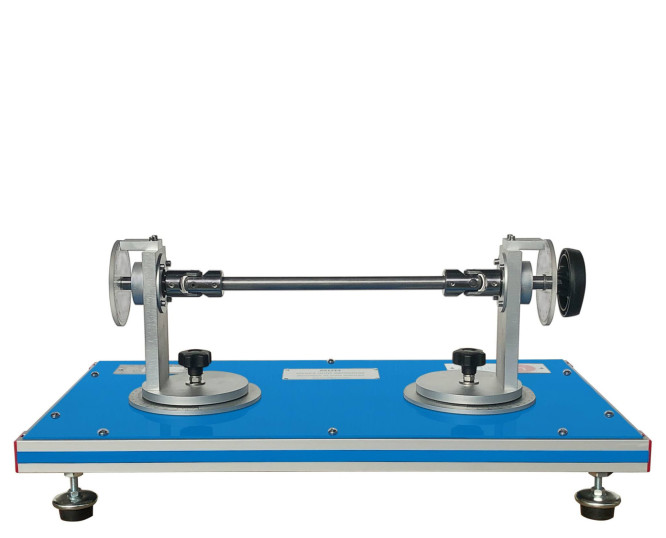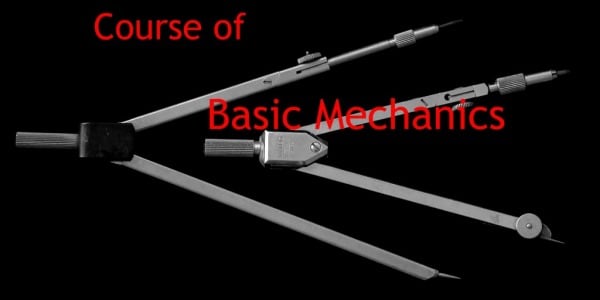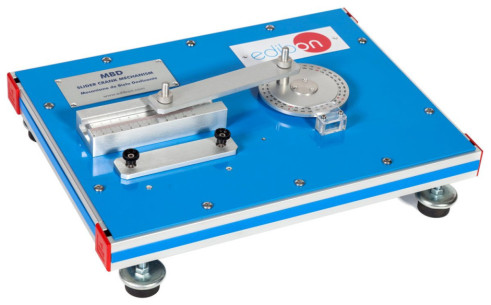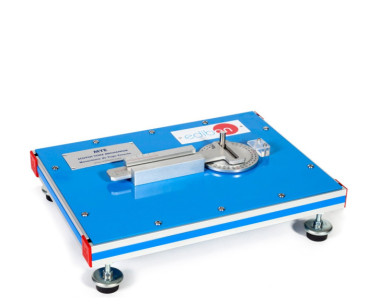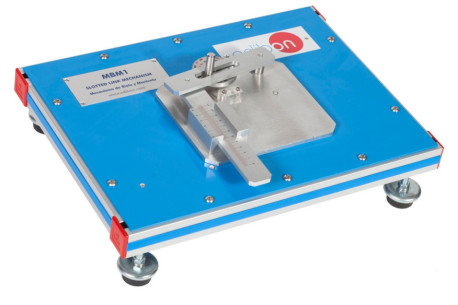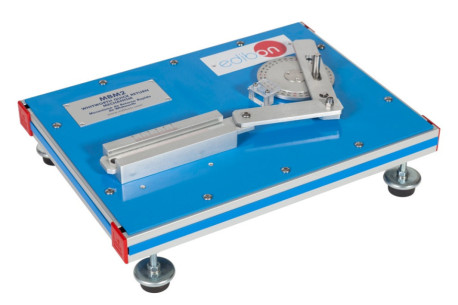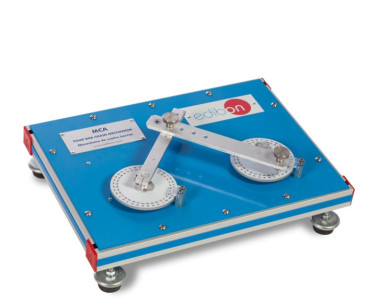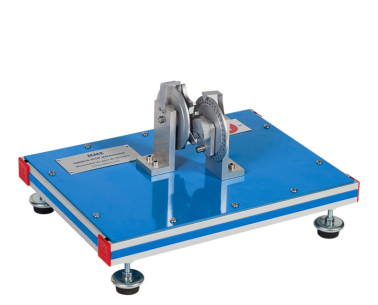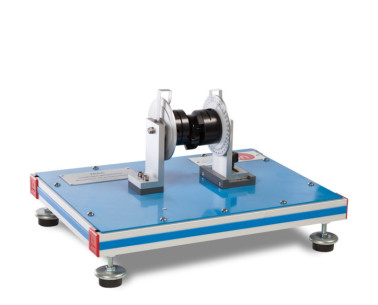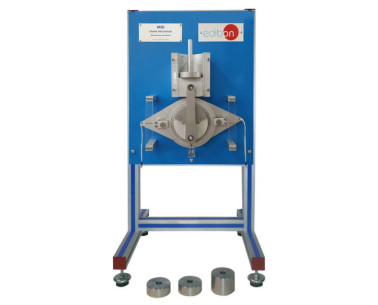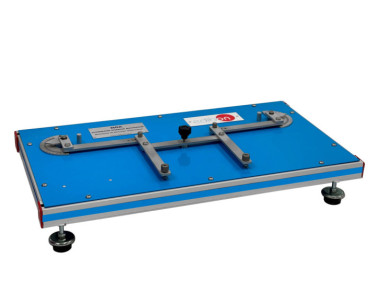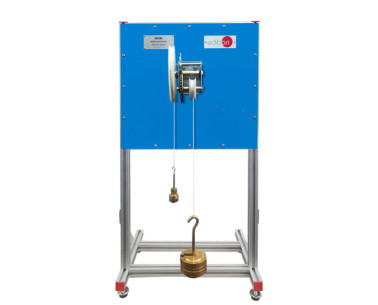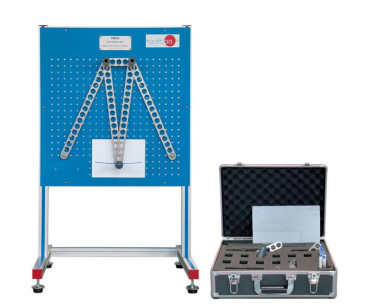MUN フック継手機構
革新的なシステム
The Hooke’s Joint Mechanism, "MUN", designed by EDIBON, allows the study of a cardan joint shaft.
研究室
関連ニュース
概要
The Hooke’s Joint Mechanism, "MUN", designed by EDIBON, represents a universal coupling, also called a U-joint, Hooke joint or cardan joint. The Hooke joint is a universal mechanism that is often used to transmit rotary motion between two non-parallel but intersecting shafts.
The mechanism includes two universal couplings (cardan joints) joined by an intermediate shaft, allowing the adjustment and reading of the angle between inlet shaft and other outlet shaft by means of graduated discs fixed on the base panel.
Both couplings are mounted on two graduated discs, allowing the reading of the rotation at the input and output.
演習と指導の慣行
マニュアルに含まれるガイド付き実習
- Demonstrate the action of a single universal joint by connecting two axes that have small misalignments.
- Determine graphically the relationship between the angular displacements of two shafts connected by a single universal joint with different degrees of misalignment.
- Study how the universal joint arrangement and the angle of deflection affect the cardan error.
- Determine graphically the relationship between the angular displacements of two shafts connected by a double universal joint with different degrees of misalignment.
より実用的な練習をして、ユニットを完成させる
- Determination of the velocity and acceleration of the output shaft on a single Hooke´s joint by graphical differentiation.
補完的な機器
スコッチヨーク機構
スロット連結機構
ホイットウォースクイックリターン機構
4節回転連鎖機構
ゼネバ式巻き止め機構
カップリング機構
カム・従動機構
クランク機構
アッカーマンステアリング機構
ウィンチ機構
Bar Linkages Unit
品質
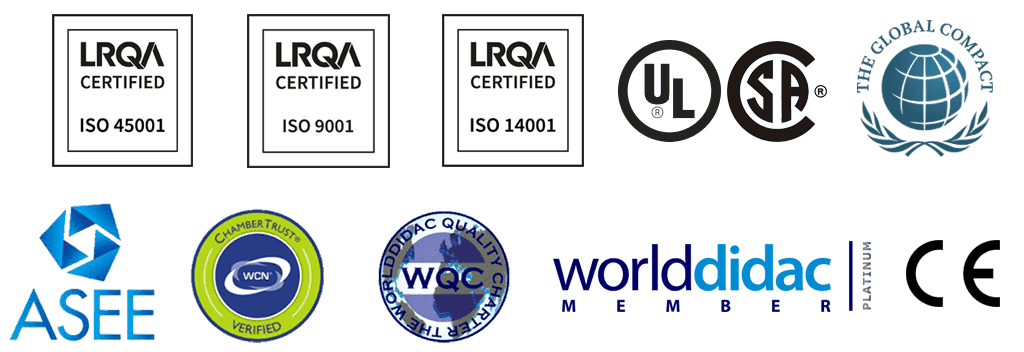
アフターサービス

 クッキーの設定
クッキーの設定

